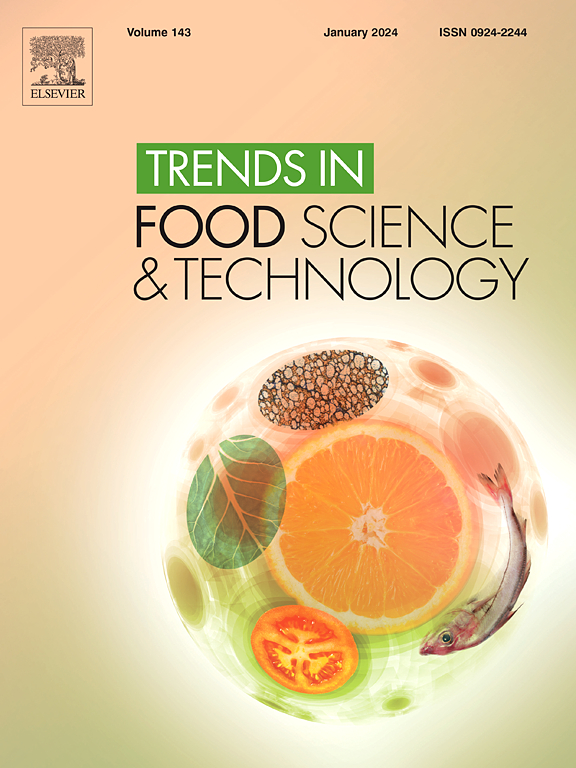信任的量:区块链技术在食品和药品供应链中的产品认证概述
IF 15.1
1区 农林科学
Q1 FOOD SCIENCE & TECHNOLOGY
引用次数: 0
摘要
背景:食品和药品供应链面临着类似的问题,例如产品假冒使低质量产品进入市场和供应链效率低下。应用区块链技术可以提高供应链的透明度和效率。然而,这项技术仍然相对年轻,因此几乎没有实施。范围和方法:本工作旨在概述区块链在食品和制药供应链中的应用。采用PRISMA方法,系统文献综述分析了74篇出版物中的78个应用。根据结果,提出了区块链在食品和制药供应链中应用的一般框架,该框架应支持从业者实施区块链,并支持研究人员确定研究挑战。主要发现和结论:文献综述显示,许可和私有区块链网络最常被应用,使用以太坊和超级账本结构作为主要平台。许多应用程序将数据存储在区块链之外,并实现了不同的技术来限制对机密数据的访问。智能合约对于改善供应链管理至关重要,因为它们可以实现自动化。总体框架建议使用超级账本结构平台和供应链权威证明共识协议的许可联盟网络。必须解决法规、标准化和基础设施等挑战,以促进技术在运营中的应用。本文章由计算机程序翻译,如有差异,请以英文原文为准。
Quantum of Trust: Overview of Blockchain Technology for Product Authentication in Food and Pharmaceutical Supply Chains
Background: Food and pharmaceutical supply chains face similar issues, such as product counterfeits allowing low-quality products to enter the market and supply chain inefficiencies. Applying blockchain technology could increase transparency and efficiency in the supply chains. However, the technology is still relatively young and, thus, has barely been implemented.
Scope and Approach: This work aims to provide an overview of blockchain applications in food and pharmaceutical supply chains. Following the PRISMA method, the systematic literature review analyzes 78 applications in 74 publications. Deriving from the results, a general framework for blockchain applications in food and pharmaceutical supply chains is proposed, which should support practitioners in implementing blockchains and researchers in identifying research challenges.
Key Findings and Conclusions: The literature review reveals that permissioned and private blockchain networks are most commonly applied, using Ethereum and Hyperledger Fabric as leading platforms. Many applications stored data off the blockchain and implemented different techniques to restrict access to confidential data. Smart contracts are crucial for improving supply chain management as they enable automatization. The general framework recommends a permissioned consortium network using the Hyperledger Fabric platform and Proof-of-Authority consensus protocol for supply chains. Challenges like regulations, standardization, and infrastructure must be solved to foster technology adoption in operations.
求助全文
通过发布文献求助,成功后即可免费获取论文全文。
去求助
来源期刊

Trends in Food Science & Technology
工程技术-食品科技
CiteScore
32.50
自引率
2.60%
发文量
322
审稿时长
37 days
期刊介绍:
Trends in Food Science & Technology is a prestigious international journal that specializes in peer-reviewed articles covering the latest advancements in technology, food science, and human nutrition. It serves as a bridge between specialized primary journals and general trade magazines, providing readable and scientifically rigorous reviews and commentaries on current research developments and their potential applications in the food industry.
Unlike traditional journals, Trends in Food Science & Technology does not publish original research papers. Instead, it focuses on critical and comprehensive reviews to offer valuable insights for professionals in the field. By bringing together cutting-edge research and industry applications, this journal plays a vital role in disseminating knowledge and facilitating advancements in the food science and technology sector.
 求助内容:
求助内容: 应助结果提醒方式:
应助结果提醒方式:


